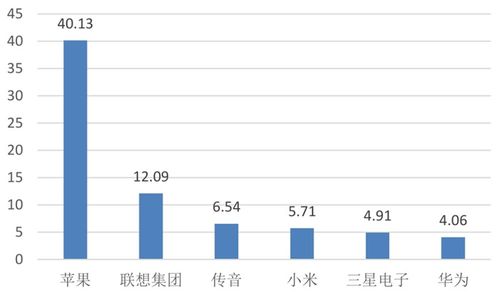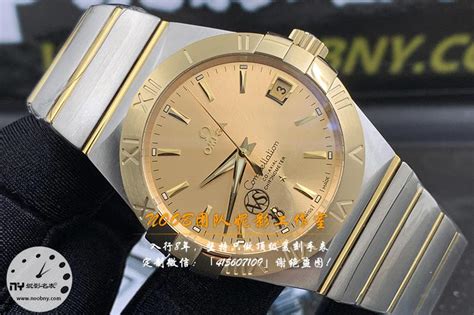小米手机供应链管理的方法
Title: Optimizing Supply Chain Management in the Xiaomi Smartphone Industry
Introduction
Supply chain management (SCM) plays a crucial role in the success of any industry, including the smartphone sector. This article will delve into the specifics of supply chain management within the Xiaomi smartphone industry, examining key strategies and offering actionable guidance for optimization.
Xiaomi, known for its innovative and costeffective smartphones, operates a complex global supply chain. Its supply chain encompasses sourcing raw materials, manufacturing components, assembly, distribution, and aftersales services.
Key Components of Xiaomi's Supply Chain
- Raw Material Sourcing: Xiaomi sources materials globally, focusing on quality and costefficiency.
- Manufacturing: The manufacturing process involves several partners and facilities, ensuring scalability and flexibility.
- Logistics: Efficient logistics networks facilitate timely delivery to global markets, minimizing lead times.
- Aftersales Services: Xiaomi emphasizes postpurchase support, including repairs and customer service, enhancing brand loyalty.
Despite its successes, Xiaomi encounters several challenges in supply chain management:
Supply Chain Complexity:
The global nature of Xiaomi's operations adds complexity, requiring robust coordination and communication across suppliers, manufacturers, and distributors.
Demand Volatility:
Fluctuations in consumer demand and market trends pose challenges in inventory management and production planning.
Quality Control:
Maintaining consistent product quality across diverse suppliers and manufacturing facilities is crucial for brand reputation.

Xiaomi can employ several strategies to optimize its supply chain management:
1. DataDriven Decision Making
Utilize data analytics to forecast demand, manage inventory levels, and identify areas for efficiency improvements.
2. Supplier Relationship Management
Strengthen partnerships with key suppliers, fostering collaboration, and ensuring quality standards are met consistently.
3. Lean Manufacturing Practices
Implement lean principles to streamline production processes, reduce waste, and enhance agility in responding to market changes.
4. Integrated Logistics Solutions
Invest in advanced logistics technologies and partnerships to optimize transportation routes, minimize costs, and improve delivery times.
Looking ahead, Xiaomi should consider the following trends and recommendations:
1. Sustainability Focus
Integrate sustainable practices throughout the supply chain, including ecofriendly materials, energyefficient manufacturing, and recycling initiatives.
2. Digital Transformation
Embrace digital technologies such as IoT, AI, and blockchain to enhance supply chain visibility, traceability, and automation.
3. Risk Management
Develop robust risk management strategies to mitigate disruptions, such as geopolitical events, natural disasters, or supply chain bottlenecks.
In conclusion, effective supply chain management is essential for Xiaomi's continued success in the competitive smartphone industry. By implementing optimization strategies and embracing future trends, Xiaomi can enhance efficiency, sustainability, and customer satisfaction across its supply chain.
Feel free to let me know if there's anything else you'd like to add or modify!











